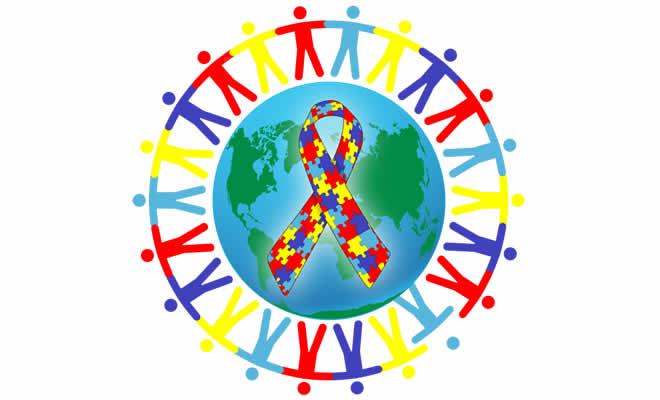New research concludes that acupuncture is effective
in the treatment of trigeminal neuralgia. Trigeminal neuralgia (TN) is
characterized by intense pain in the face and is considered one of the most
painful experiences a human can possibly experience. It is estimated that one
in 15,000 people suffer from trigeminal neuralgia. TN is a disorder of the
trigeminal nerve, which is a bilaterally paired cranial nerve with three
branches: ophthalmic nerve, maxillary nerve and the mandibular nerve. The
trigeminal nerve is responsible for sensing pressure (tactition), temperature
(thermoception) and pain (nociception). It is also involved in facial motor
function for the muscles of mastication.
The study focuses specifically on Liver Yang excess
type trigeminal neuralgia and compares deep needling with shallow needling
acupuncture techniques. The acupuncture points used in the study are St7
(Xiaguan), LI4 (Hegu), LV3 (Taichong), UB2 (Zanzhu), St2 (Sibai) and
Jiachengjiang (M-HN-18). In both the shallow needle and deep needle groups,
electroacupuncture was applied for 30 minutes bilaterally to the acupoints
every other day. In the deep acupuncture needle group, the needle depth reached
the spheno-palatine ganglion (SPG) at St7 and the supraorbital foramen,
infraorbital foramen and mental foramen for other points used in the research.
In the deep needling group, the total effective rate was 93.8 percent. In the
shallow needling group, the total effective rate was 87.1 percent. The
researchers concluded that electroacupuncture is effective for relieving pain
due to trigeminal neuralgia and that deep needling is more effective than
shallow needling.
Reference
Trigeminal neuralgia of
hyperactive of liver yang type treated with acupuncture at Xiaguan (ST 7) at
different depth: a randomized controlled trial. HE Lan, ZHOU Wan-yu, ZHANG
Xiu-mei. TCM Department,The Third Hospital Affiliated to Beijing
University,Beijing,China; Department of Ophthalmology, Xiyuan Hospital, China
Academy of Chinese Medical Sciences
Source:
http://www.healthcmi.com/index.php/acupuncturist-news-online/513-acupuncturefacialnervepaintn






